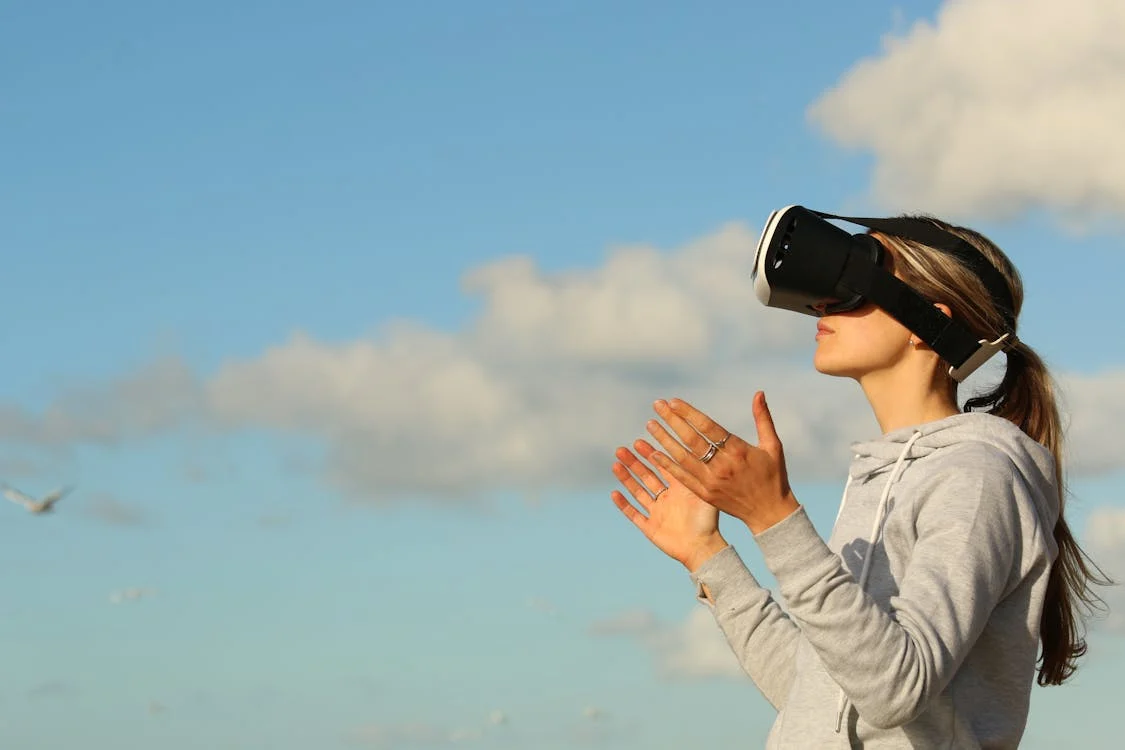Step into the future of art exhibitions with augmented reality (AR). As technology continues to evolve, AR exhibitions are redefining the concept of virtual ownership, offering audiences immersive experiences unlike anything seen before. Join us as we explore the transformative power of AR exhibitions and their impact on the art world.

Exploring AR Exhibitions
The Rise of Augmented Reality in Art
Augmented reality has emerged as a powerful tool for artists and curators alike. By overlaying digital content onto the physical world, AR blurs the lines between reality and imagination, creating dynamic and interactive experiences for viewers.
Virtual Ownership in the Digital Age
In the digital age, ownership is no longer confined to physical objects. AR exhibitions challenge traditional notions of ownership by offering virtual replicas of artworks that can be accessed and experienced by audiences worldwide.
Immersive Art Experiences
AR exhibitions provide immersive art experiences that transcend traditional gallery settings. Viewers can interact with artworks in real-time, explore hidden details, and even create their own unique interpretations, fostering deeper engagement and connection with the art.
The Impact of AR Exhibitions
Democratizing Access to Art
AR exhibitions democratize access to art by making it accessible to anyone with a smartphone or tablet. Whether you’re in a museum, gallery, or your own home, AR allows you to experience art in a new and exciting way, breaking down barriers to entry and expanding the reach of cultural institutions.
Redefining Virtual Ownership
AR exhibitions redefine virtual ownership by offering digital replicas of artworks that can be owned, traded, and displayed in virtual spaces. This virtual ownership model opens up new possibilities for artists, collectors, and art enthusiasts, allowing them to engage with art on their own terms.
Fostering Collaboration and Innovation
AR exhibitions foster collaboration and innovation by bringing together artists, technologists, and curators to create immersive experiences that push the boundaries of artistic expression. From interactive installations to virtual reality experiences, AR exhibitions inspire creativity and experimentation across disciplines.
Conclusion
As AR technology continues to advance, the possibilities for AR exhibitions are endless. By redefining virtual ownership and offering immersive art experiences, AR exhibitions are reshaping the way we engage with art and culture. As we embrace this digital evolution, we can expect to see even more groundbreaking developments that will shape the future of art exhibitions.
FAQs
Q1: How do AR exhibitions work?
A1: AR exhibitions work by overlaying digital content onto the physical world using augmented reality technology. Viewers can access AR experiences through a smartphone or tablet and interact with digital artworks in real-time.
Q2: Can I own virtual artworks from AR exhibitions?
A2: Yes, many AR exhibitions offer virtual ownership models where users can purchase digital replicas of artworks. These virtual artworks can be owned, traded, and displayed in virtual spaces.
Q3: Are AR exhibitions accessible to everyone?
A3: Yes, AR exhibitions are accessible to anyone with a smartphone or tablet. Whether you’re visiting a museum, gallery, or exploring from home, AR technology allows you to experience art in a new and exciting way.
Q4: How are AR exhibitions impacting the art market?
A4: AR exhibitions are reshaping the art market by democratizing access to art, redefining virtual ownership, and fostering collaboration and innovation. As more artists and institutions embrace AR technology, we can expect to see continued growth and innovation in the art market.
Q5: What are the benefits of experiencing art through AR exhibitions?
A5: Experiencing art through AR exhibitions offers numerous benefits, including immersive experiences, deeper engagement with artworks, and the ability to access art from anywhere in the world. AR exhibitions also encourage creativity and collaboration, inspiring new forms of artistic expression.